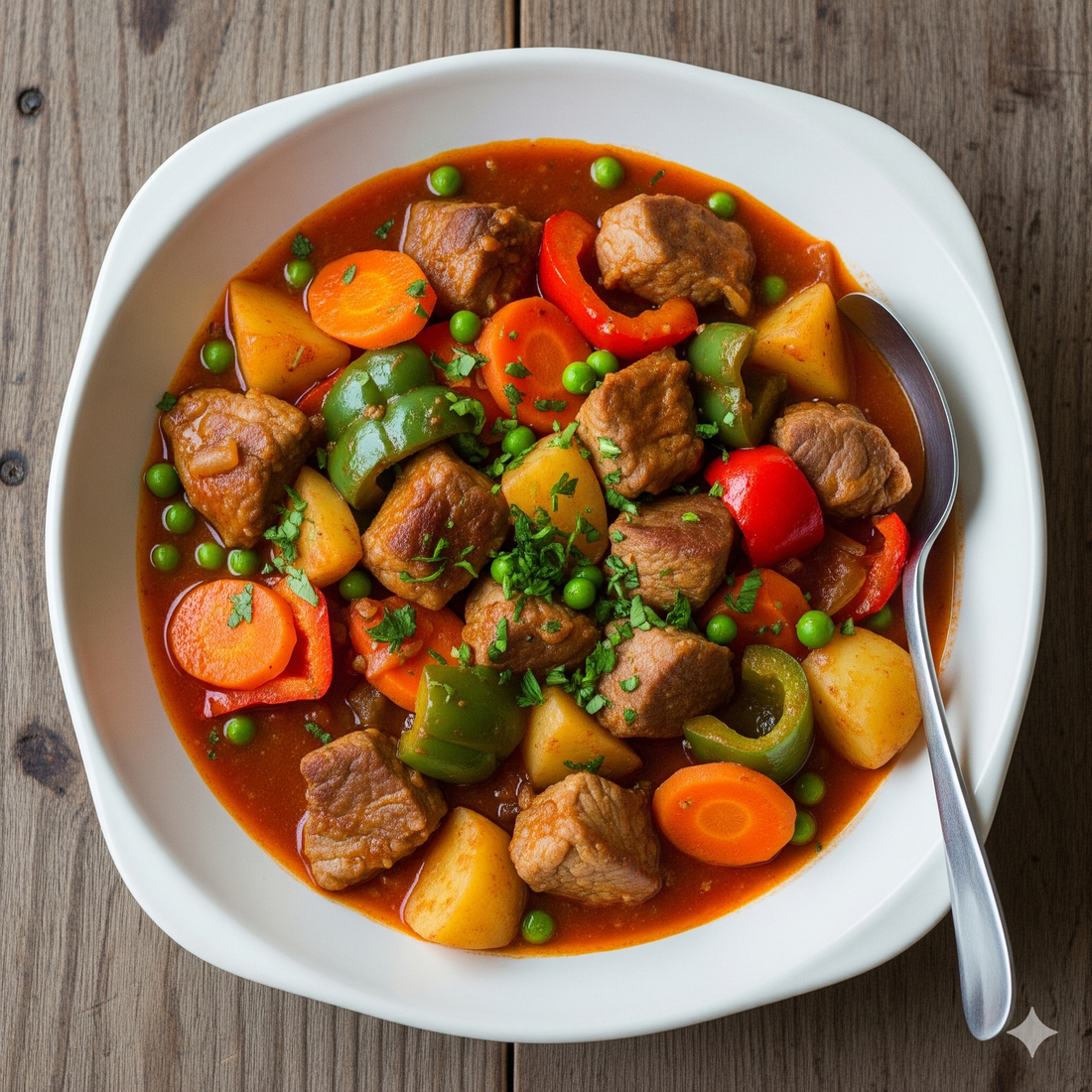
Pork Pigue: The Smart, Healthier Choice for Your Next Meal
Share
When it comes to pork cuts, many Filipinos are familiar with liempo (belly) and kasim (shoulder) — but pork pigue deserves a place in your kitchen too! Pigue, or pork ham, comes from the rear leg of the pig and is a leaner, more tender cut compared to fattier parts. When cubed, it becomes a versatile ingredient for delicious yet healthier Filipino dishes.
Why Pork Pigue Is a Healthy Choice
Unlike belly cuts that are high in fat, pork pigue is naturally lean and has less marbling. This means:
-
Lower Fat Content – A great option if you’re watching your fat intake.
-
Rich in Protein – Helps with muscle repair and keeps you feeling full longer.
-
Nutrient-Packed – Contains iron, zinc, and B-vitamins that support energy production and immune function.
Healthy Filipino Dish to Try: Pork Pigue Afritada
A lighter, healthier twist on the classic afritada, this dish uses cubed pork pigue to create a protein-rich, tomato-based stew without too much grease.
Ingredients:
500g pork pigue, cut into cubes
2 medium potatoes, cubed
1 carrot, sliced
1 bell pepper, sliced
1 onion, chopped
2 cloves garlic, minced
1 can tomato sauce
1 cup water or broth
Salt & pepper to taste
Instructions:
-
Sauté garlic and onion until fragrant.
-
Add cubed pork pigue and cook until lightly browned.
-
Pour in tomato sauce and water/broth, then simmer until the meat is tender.
-
Add potatoes and carrots, cooking until soft.
-
Toss in bell peppers, season with salt and pepper, and cook for a few more minutes.
Serve hot with steamed rice for a wholesome, satisfying meal.
Pork pigue cubes are proof that you can enjoy flavorful pork dishes without going overboard on fat and calories. Try using this cut in other tomato-based stews, sinigang, or even adobo for a leaner version of your favorite comfort foods.
